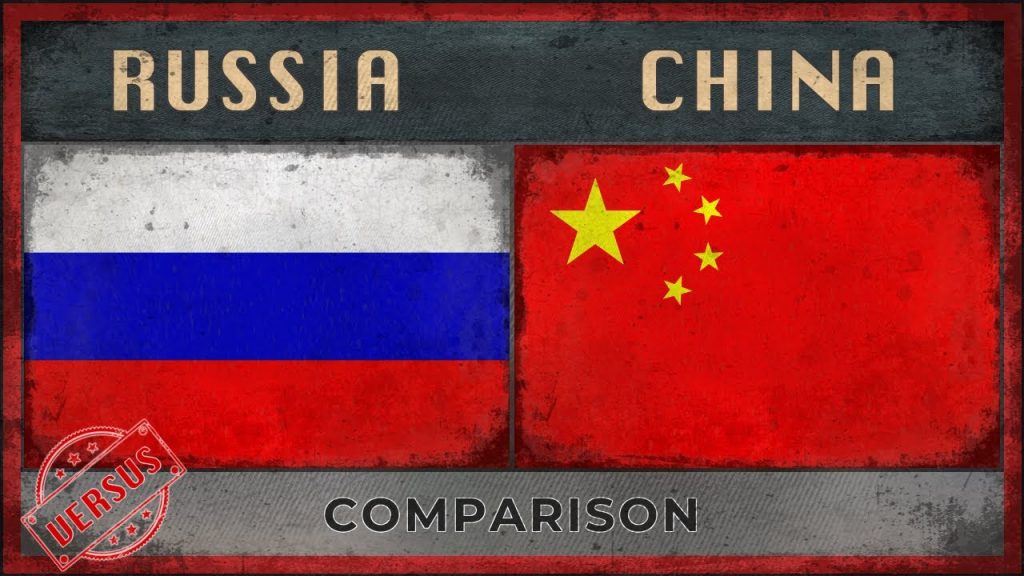
- At the end of Cold War Russia was much richer than China
- Property rights vs. competition and incentives
- Gradualism and transition to innovation
- What does the future hold?
At the end of Cold War Russia was much richer than China
At the end of the cold war Russia was a richer, more educated and more industrialized country than China with a much bigger hoard of natural resources. At that time both countries decided to abandon their collectivist state controlled economic models and move towards the development of free market economy. Several decades later the contrast between the two nations is stark. China has been able to engineer one of the greatest economic transformations in mankind’s history, lifting nearly a billion people from abject poverty, becoming the pre-eminent exporter in the world while generating total GDP second only that of the United States. According to most recent projections China is expected to overtake the US in GDP by as early as 2030. Russia, on the other hand, like an impoverished third world nation remains a country primarily dependent on its natural resources providing few other exports that the world wants. Ultimately it too benefited from free market economics, but its gains have been much more modest and its path towards prosperity has been marked by terrible privation, sharp declines in the standard of living and steep fall off in life expectancy.
The difference in results is a subject of a fascinating lecture by Nobel Prize winning economist Joseph Stiglitz who as the chief economist of the World Bank was at the forefront of the policy developments in both countries and had a birds eye view as to why one country succeed while the other failed in its transformation to the capitalist model.
Property rights vs. competition and incentives
Stiglitz’s argument is that while Russie emphasized property rights, China focused on competition and incentives. The net result was that Russia saw the greatest “property theft” in the history of mankind as state assets were effectively transferred into the hands of a few dozen oligarchs which engendered corruption and actually saw the country’s GDP decrease by as much as 25% in the immediate wake of the liberalization campaign.
China on the other hand eschewed many of the problems property right distributions by not privatizing land which according to classic economic theory should have doomed it free market experiment to failure. Instead, the Chinese model which contains the contradictory aspects of rigid centralized political control along with highly competitive means of production turned out to be the greatest model of wealth generation in human history.
Gradualism and transition to innovation
Stiglitz also credits Chinese policy makers with a great degree of pragmatism as the country first focused on industrialization then on broadscale education in sciences and now on innovation as the country tries to move away from commodity manufacturing to AI, robotics and advanced chip manufacture.
What does the future hold?
The Chinese model has already proven the neoclassical model of Utopian economics wrong by demonstrating that a rigid state control system may nevertheless create enough incentives through competition to produce a highly productive economy. The bigger question going forward is whether the current structure of the ever present surveillance state that resembles nothing less than a present day version the Minority Report can nurture and tolerate the level of creativity necessary to innovate. Although China faces a demographic cliff as its population rapidly ages, it’s not at all clear if that will derail the country’s progress if it is able to substitute capital for labor. Furthermore the sheer size of its population will mean that on an absolute basis China will become the largest market in the world for virtually every service and product ensuring growth for the foreseeable future.
For now, the lessons of China’s growth model indicate that Professor Stiglitz is correct. Competition and incentives matter far more than property rights in the development of economic progress.





